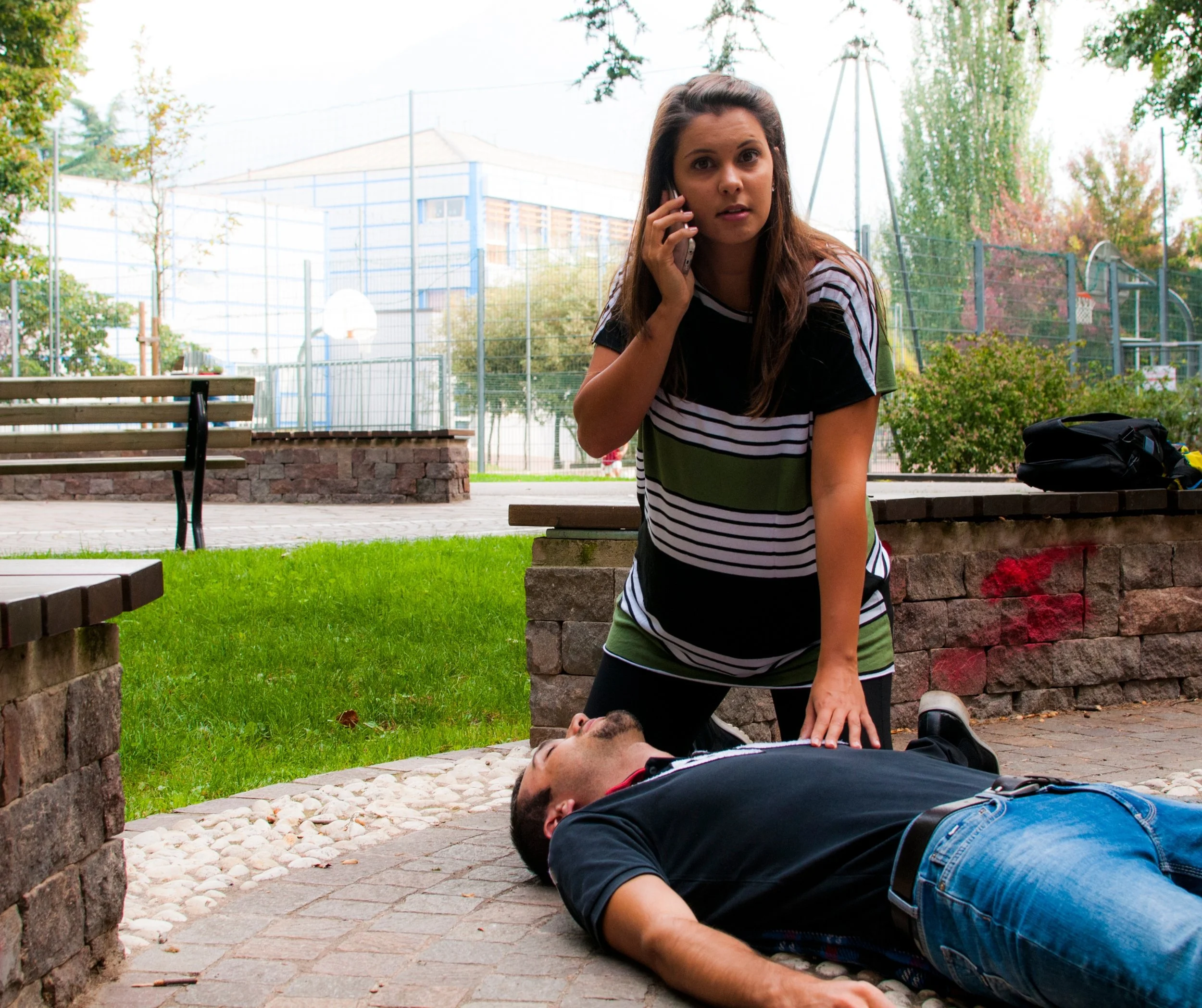How to Perform Hands-Only CPR: Step-by-Step Guide to Save a Life
Picture This:
You’re walking through a park, chatting with a friend, when someone nearby suddenly collapses. Within seconds, a crowd forms. Phones come out. But no one steps forward. Time ticks on—and no help is being given.
At Beyond The Sirens, we want you to know this: you can be the person who makes the difference. One simple skill—Hands-Only CPR—can double or even triple someone’s chance of surviving sudden cardiac arrest. And the best part? You don’t need medical training to do it.
What Is Hands-Only CPR?
Hands-Only CPR is a life-saving technique that focuses on continuous chest compressions without mouth-to-mouth breaths. It’s recommended for teens and adults who suddenly collapse and are unresponsive with no normal breathing.
The goal is simple: keep blood flowing to the brain and vital organs until emergency services arrive.
Why It Works:
It maintains circulation to the brain and heart.
It’s easy to learn, remember, and perform under stress.
It gives bystanders the confidence to act without hesitation or fear of doing it “wrong.”
Why You Should Learn It:
In the United States, hundreds of thousands of people experience sudden cardiac arrest outside of hospitals every year. Without immediate action, most won’t survive.
But CPR performed by a bystander—even if not perfect—can make all the difference.
Here’s why more people don’t act:
They don’t know how.
They’re afraid they’ll hurt the person.
They’re unsure about performing mouth-to-mouth.
Hands-Only CPR removes those barriers. It's safe, simple, and effective—and it can be done by anyone, anywhere.
What to Do Before Starting CPR
Before you jump into chest compressions, make sure to:
Check the scene. Is it safe for you to approach?
Check for responsiveness and breathing. If the person is unresponsive and not breathing or only gasping, they need CPR.
Call 911 immediately. Put your phone on speaker or have someone else make the call.
Look for an AED (Automated External Defibrillator). If one is available, get it or ask someone else to grab it.
How to Perform Hands-Only CPR
Now that help is on the way, it’s time to take action:
Step-by-Step:
Place the heel of your hand on the center of the person’s chest, and put your other hand on top.
Push hard and fast, at a rate of 100–120 compressions per minute. (Think of the beat of “Stayin’ Alive” by the Bee Gees.)
Push down at least 2 inches deep for adults and teens. Let the chest rise completely between compressions.
Keep going—don’t stop unless:
An AED is ready to use
EMS takes over
The person shows signs of recovery (starts breathing or moving)
💡 Pro Tip: Switch with another person every 1-2 minutes if possible, so compressions stay strong and consistent.
When Not to Use Hands-Only CPR
Hands-Only CPR is best for teens and adults who suddenly collapse. It’s not ideal for:
Infants and young children
Drowning victims
Drug overdoses
Breathing-related emergencies
In these situations, full CPR with rescue breaths is still the standard. We teach both methods in our full CPR certification courses—so you're prepared for any scenario.
Final Thoughts: Be the Lifesaver
Sudden cardiac arrest can happen anytime, anywhere. And while waiting for help to arrive, the first few minutes are crucial. Your willingness to act—and knowing what to do—can be the reason someone lives.
You don’t need to be a doctor.
You don’t need to be perfect.
You just need to start.
Let Us Help You Get Trained
At Beyond The Sirens, we specialize in empowering everyday people with the skills and confidence to act in an emergency. Whether you're a parent, teacher, business owner, or teen preparing for college—our CPR, AED, and first aid classes are tailored to your needs.
📞 Call us: 813-867-3708
📧 Email: lily@beyondthesirens.org
🌐 Learn more or sign up for a class: beyondthesirens.org
FAQs:
Is Hands-Only CPR as effective as regular CPR?
For adults who suddenly collapse, yes. It’s effective during the first few minutes of cardiac arrest and is far better than doing nothing at all.
How long should I continue CPR?
Keep going until emergency medical personnel arrive, an AED is ready to use, or the person begins to move or breathe.



